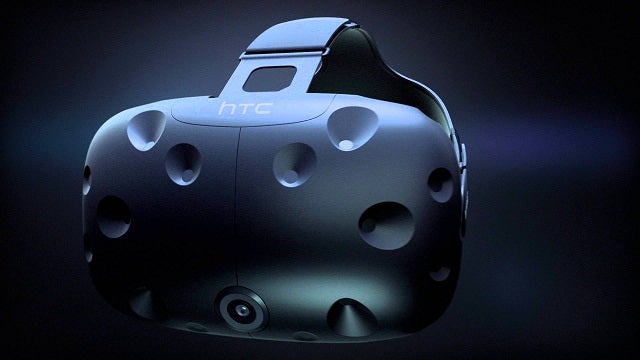Watch a not quite wireless HTC Vive prototype in action

The HTC Vive is widely regarded as the best VR headset available, with its motion tracking system allowing users to walk around within the virtual world.
Despite it’s restrictive, £600+ price tag, the headset managed to impress last year with its motion tracking abilities and controllers that allow for more immersive interaction within the VR experiences.
But one thing that many users aren’t so taken with is the bundle of cables that protrude from the headset and connect to the PC that’s powering the whole thing.
Related: Best VR headset
It’s a necessary part of the system at this point, but at CES 2017 in January, HTC demonstrated how high-quality wireless VR will soon be arriving, by showing off wireless PC-powered virtual reality.
Intel has been leading the way with technology to allow extremely low-latency wireless virtual reality on the Vive, but third-party firms are also set to get in on the action.
One such example is TPCast, which will be selling its solution by the middle of 2017, but there’s a host of other companies working on bringing untethered VR to the masses.
One of which is Quark VR, which has been brought onboard by HTC’s partner Valve to solve the wire issue, and has just released this video of its own, almost wireless, Vive prototype being used.
The clip shows a working prototype that still uses a wire. But in this example, that wire extends to a standalone power pack that the user can stick in their pocket.
It might not be a completely wireless design, but it does mean the user doesn’t have to worry about cables running to a PC and potentially tripping them up or pulling on the main rig.
The small single-board computer is certainly compact enough to carry around during your virtual adventures, and communicates with your main PC to keep the whole thing running as it should.
A big advantage of this method is the technology will work with existing Vive hardware, so there’s no need for consumers to shell out for a whole new headset just to rid themselves of the cable tether.
Of course, at this point, Quark VR is simply showing off the progress it’s made with this prototype, and there’s nothing to say the company won’t figure out an even more convenient solution before a consumer product arrives.
Either way, wireless VR isn’t all that far off, and we’re excited to see any developments such as this which will help make virtual reality even more immersive than it already is.
WATCH: HTC Vive vs Oculus Rift
Let us know what you think of the prototype in the comments.


